🧑🏫 3D Reconstruction in Archaeology
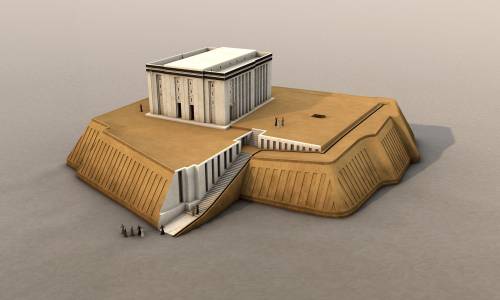
Here you will find all the lessons related to 3D modelling and archaeological scientific reconstruction. The information is divided into different chapters as we progress. Each chapter is available either as an article to read (📖), a video to watch and follow along (📺), or even both. Both formats are designed for you to go along with, so get your free copy of Maxon Cinema 4D ready!
This course is packed with lectures, lessons and exercises, but it can't stand on its own. Please keep in mind that all content should be viewed in conjunction with the course, where I will explain much more than I can here. This website is designed to help you review what you have already learned and to come back to when you need to remember something.
📰 Articles
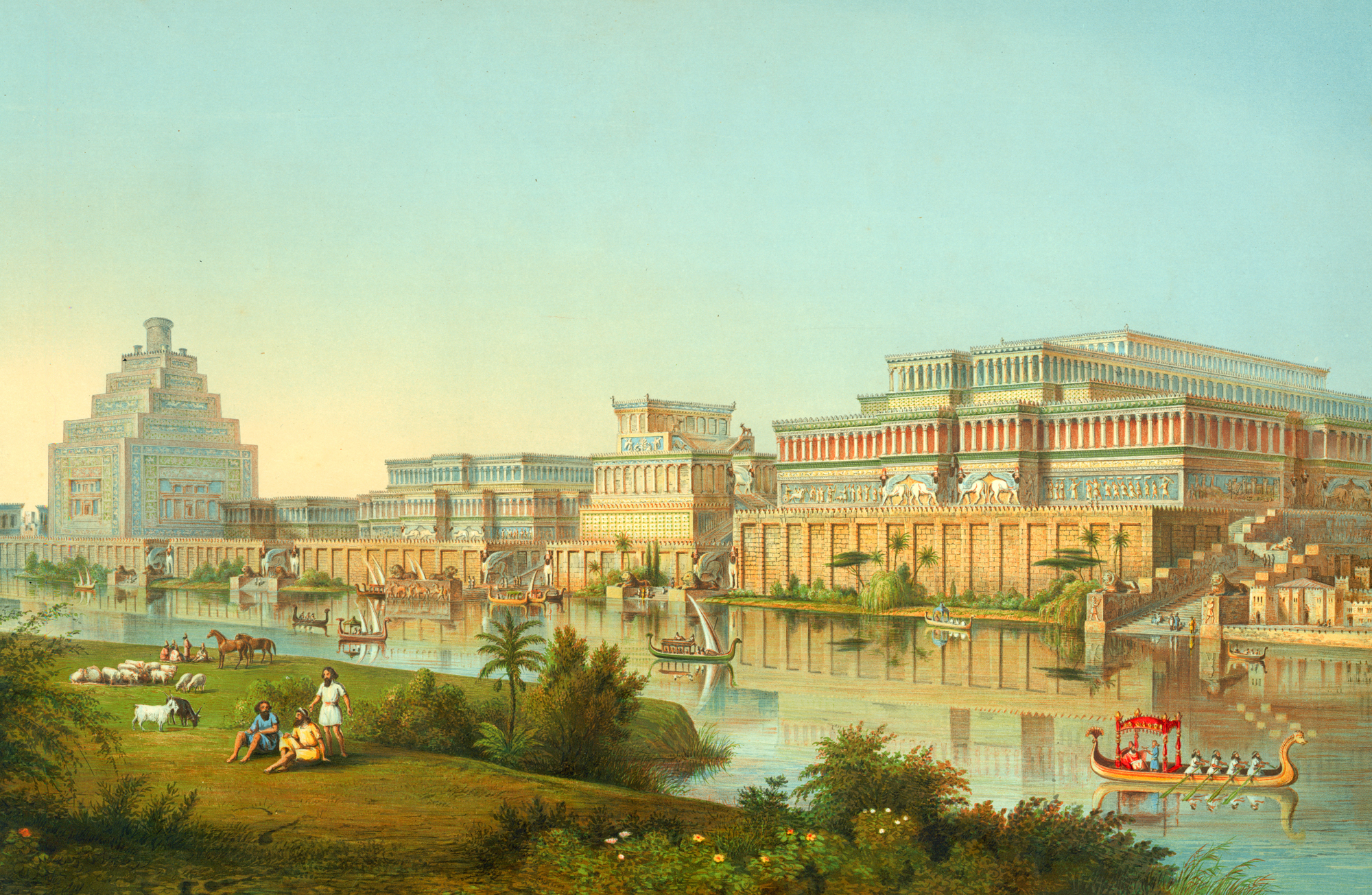
Chapter 1: Introduction
In this chapter we will learn the basics of this course and have a look at some definitions. What is a reconstruction and what is 3D software? Why do we use 3D software and what are the pitfalls? This is the beginning and an absolute must!
📖 Estimated reading time: 14 minutes -> Go to lesson!
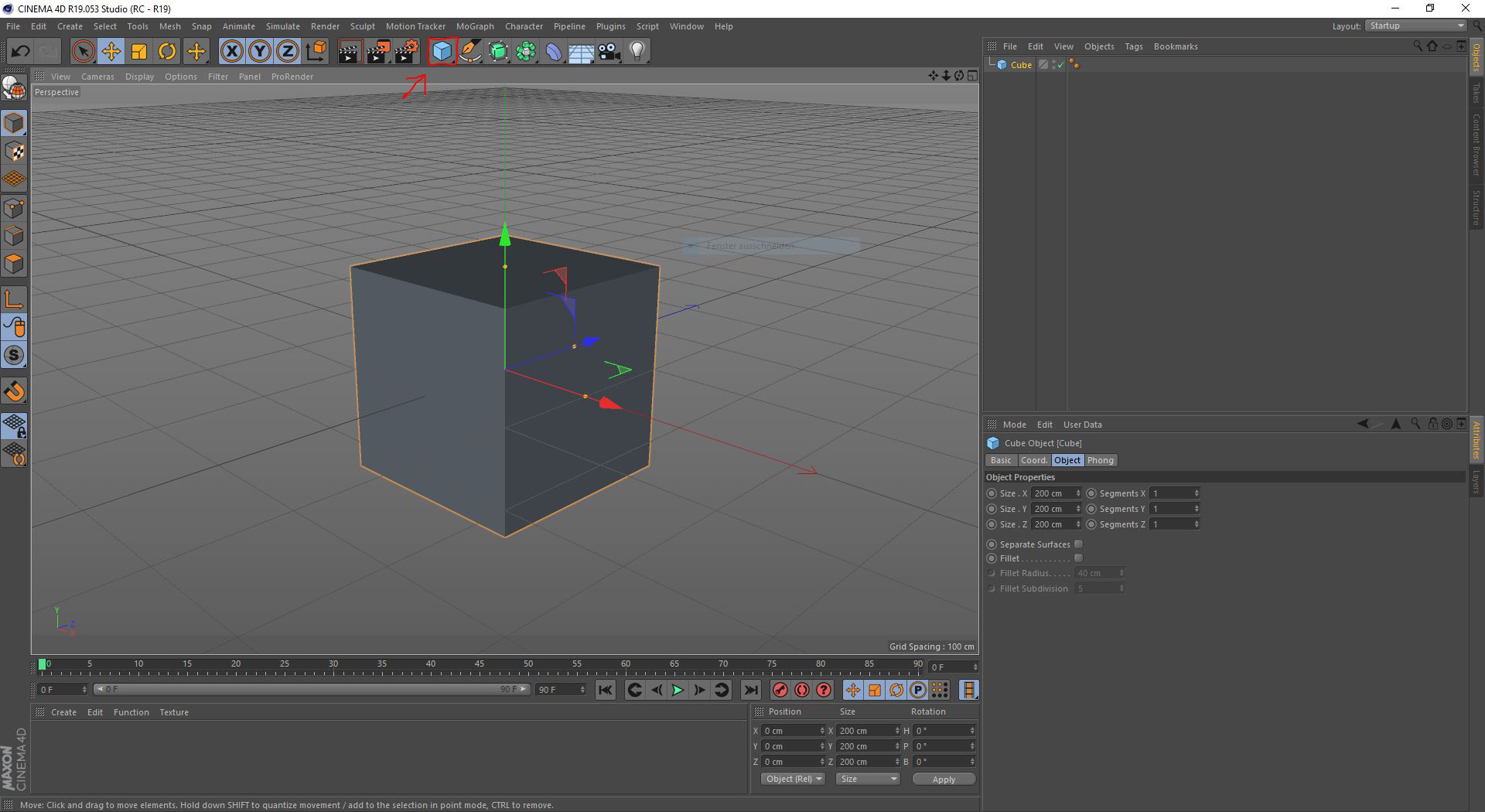
Chapter 2: Basic functionalities of Cinema4D
Here we will take a look at the basic features of Maxon Cinema 4D to get a first impression of what this software can do and how to navigate the graphical user interface (GUI).
📖 Estimated reading time: 14 minutes
| Date/Version | OS | Software | Version | Link |
|---|---|---|---|---|
| 2022-04-12 | 🪟 Windows | Cinema4D | R18.041 Studio | Go to lesson! |
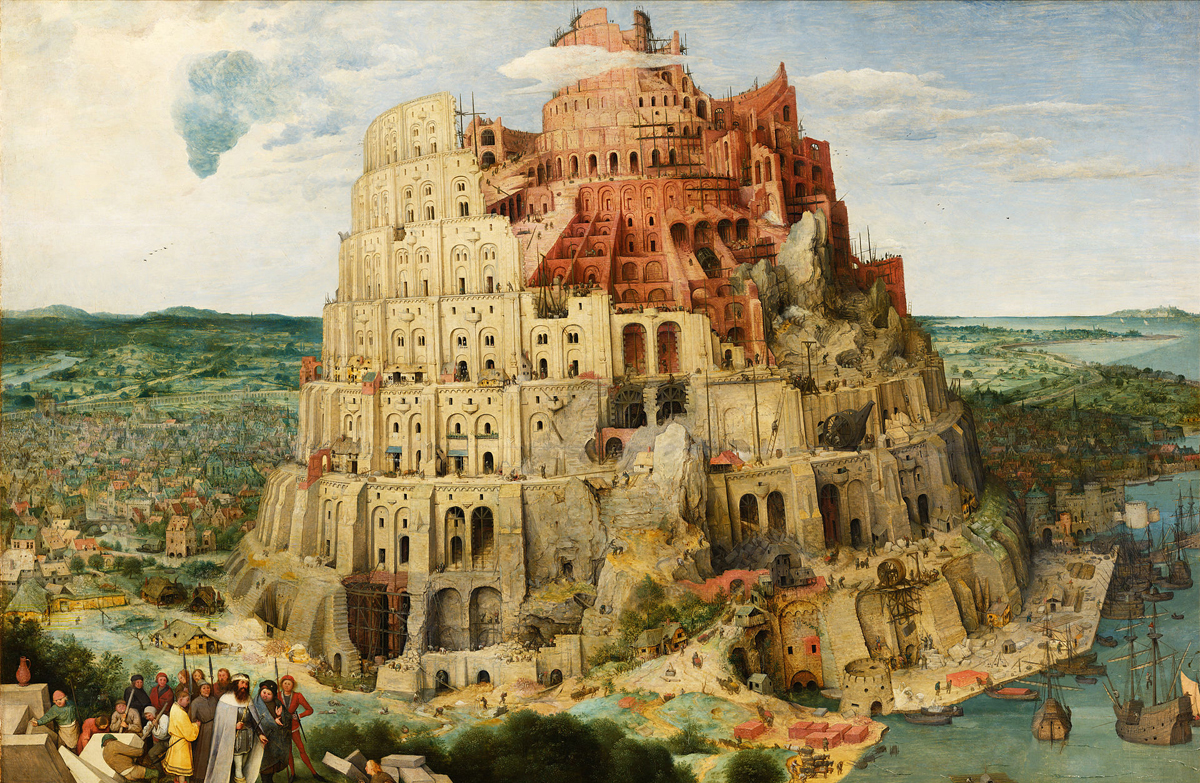
Chapter 3: The theory of archaeological reconstruction
In this theory lesson we will learn the theory behind a scientific archaeological reconstruction, what sources and methods to use, and what kind of documentation is required. This chapter is essentially what we will be going through in our theory session in class.
📖 Estimated reading time: 9 minutes -> Go to lesson!
🛠️ Basic Exercises
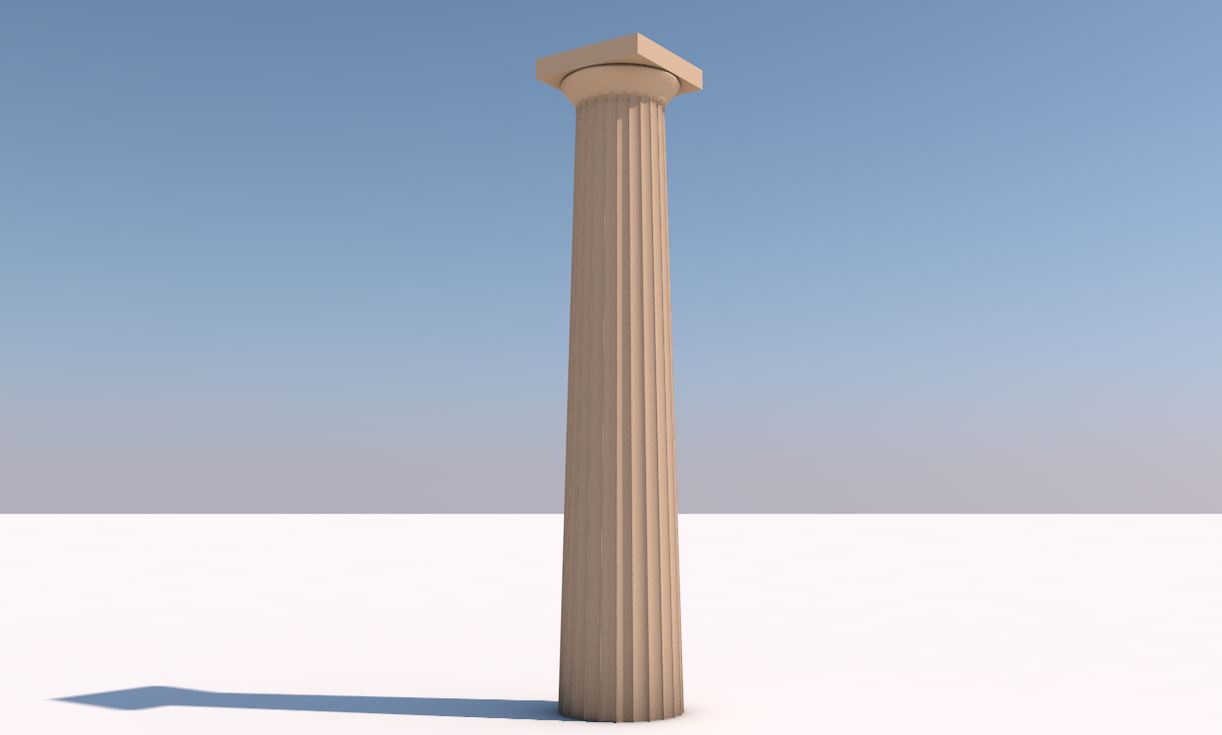
Exercise 1: Modelling a Doric Column
In this exercise we will use the knowledge and tools from Chapter 1 to create a Doric column using splines, primitives and the modelling tools. Before we do so, a brief introduction to splines is in order.
📺 Video length: 26 minutes
| Date/Version | OS | Software | Version | Link |
|---|---|---|---|---|
| 2020-05-18 | 🪟 Windows | Cinema4D | R20.059 Studio | Go to lesson! |
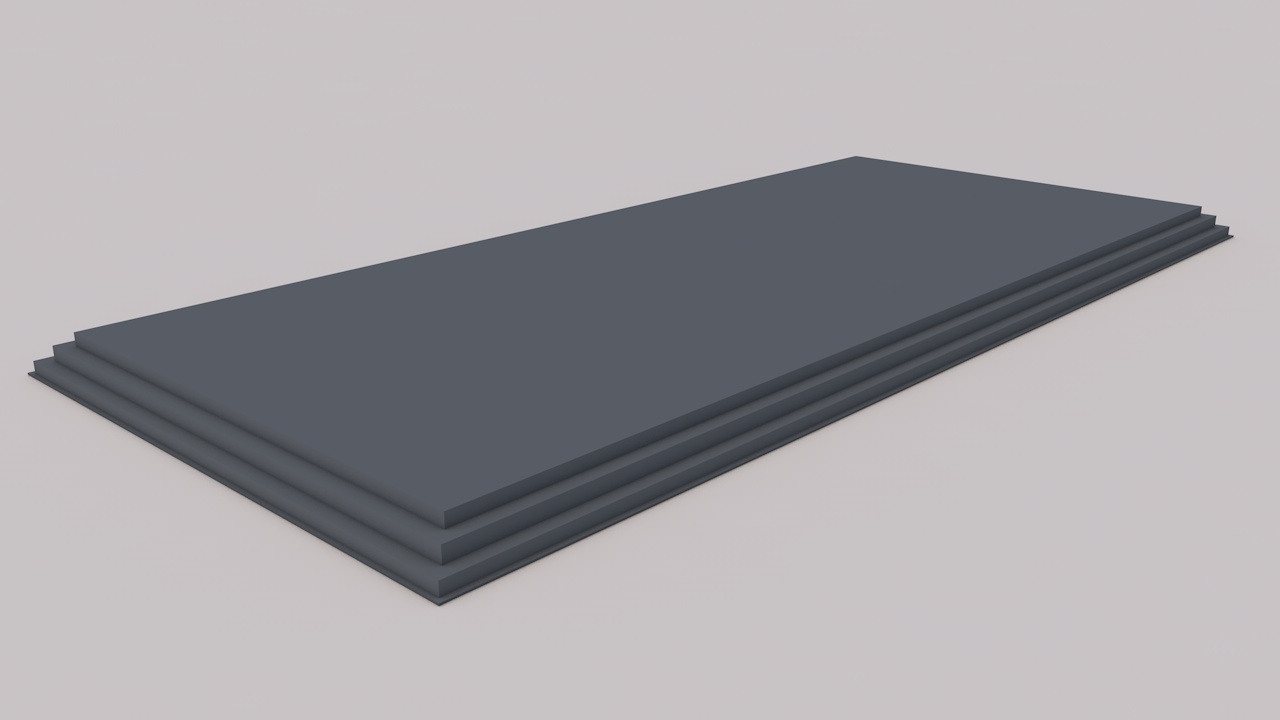
Exercise 2: Modelling the Crepidoma
We will use our knowledge from the previous units and get to know two different ways of modelling. Next we will build a temple and this time we will start with the crepidoma, literally the first steps.
📖 Estimated reading time: 12,5 minutes | 📺 Video length: 18 minutes
| Date/Version | OS | Software | Version | Link |
|---|---|---|---|---|
| 2020-04-24 | 🪟 Windows | Cinema4D | R20.059 Studio | Go to lesson! |
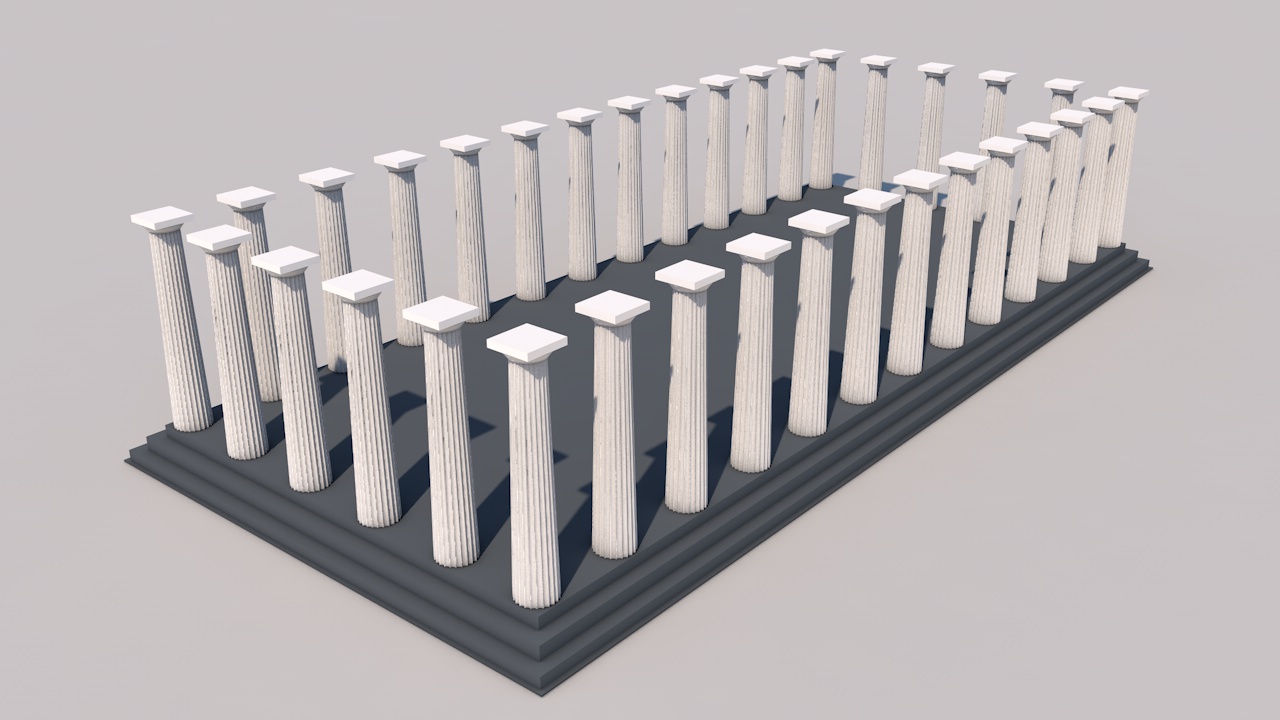
Exercise 3: Cloning is legal in Cinema4D
In this practical lesson we will use the Cloner tool to continue with our temple model. You'll see the basic functions and how we can use the Cloner in our work.
📺 Video length: 22 minutes
| Date/Version | OS | Software | Version | Link |
|---|---|---|---|---|
| 2020-05-02 | 🪟 Windows | Cinema4D | R20.059 Studio | Go to lesson! |
🧑🔬 Advanced Exercises
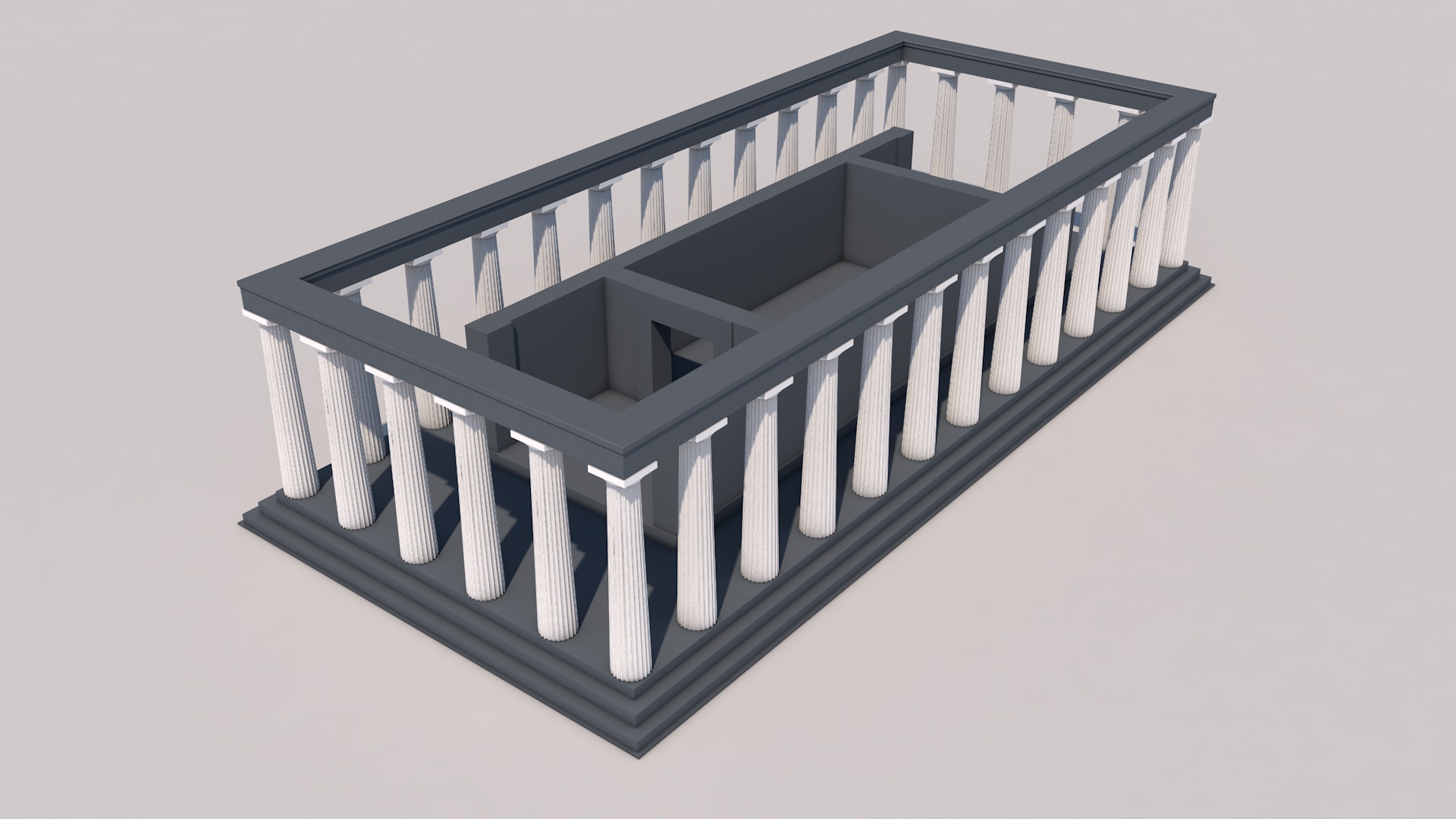
Exercise 4: Building the walls of the temple
In this exercise we will start to build the inner walls of the temple using the box modelling method. We will use what we have learned so far to complete our model just under the roof.
📺 Video length: 27 minutes
| Date/Version | OS | Software | Version | Link |
|---|---|---|---|---|
| 2020-05-15 | 🪟 Windows | Cinema4D | R20.059 Studio | Go to lesson! |
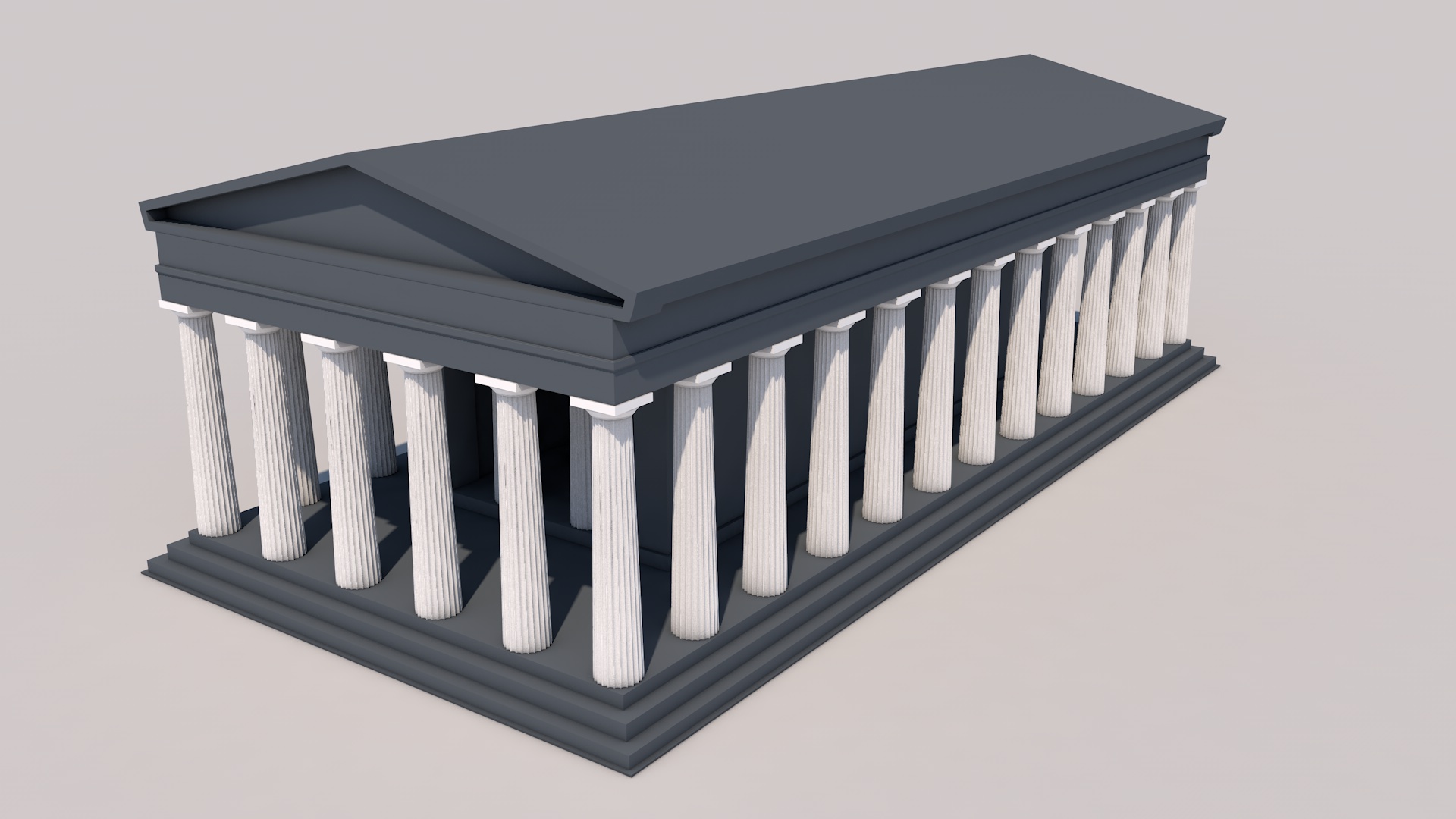
Exercise 5: Building the roof
This will be the last modelling exercise in this series, in which we will complete our 3D model with the roof. We will learn one more modelling technique.
📺 Video length: 45 minutes
| Date/Version | OS | Software | Version | Link |
|---|---|---|---|---|
| 2020-05-24 | 🪟 Windows | Cinema4D | R20.059 Studio | Go to lesson! |
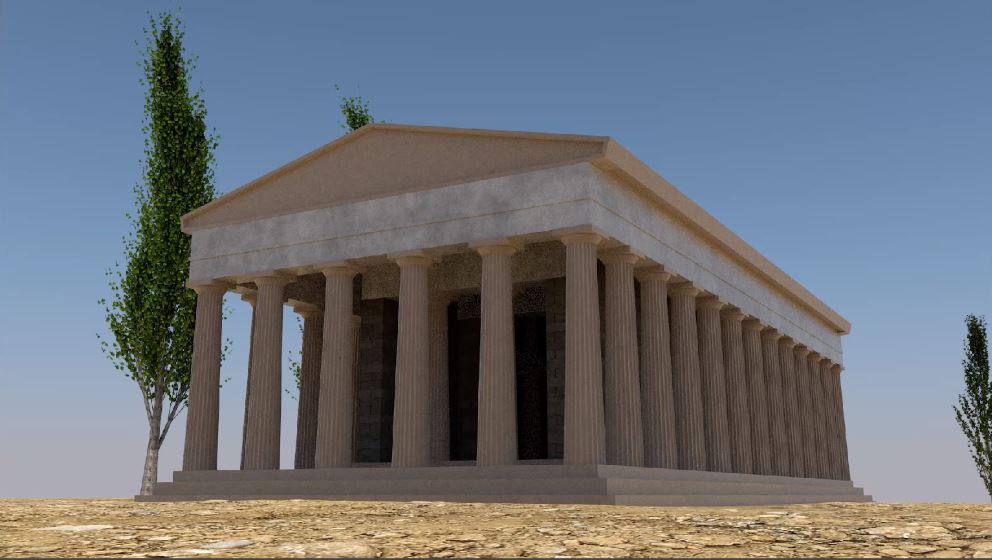
Exercise 6: Texturing our temple and producing a nice render
In this final exercise we will use textures to "paint" our temple and learn a bit about texture construction. Finally, we will talk about render settings and how to use them to get a nice end result of our work.
📺 Video length: 42 minutes
| Date/Version | OS | Software | Version | Link |
|---|---|---|---|---|
| 2020-06-08 | 🪟 Windows | Cinema4D | R20.059 Studio | Go to lesson! |
➕ Additional Content
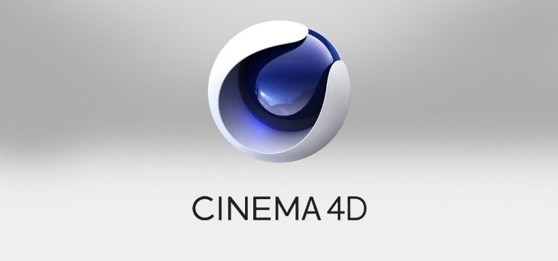
Cinema4D for students
This short article will show you how to get a nearly free student licence of Cinema4D to use the software at home. After paying a relatively small licence fee, you can use the full version as a student. -> Go to lesson!

Cinema4D shortcuts
This list contains all the shortcuts that we will learn during the course. Using shortcuts saves a lot of time, so I highly recommend that you learn and use them when working with Cinema4D. Not only will it save you time, but it will also make you look super professional! -> Go to lesson!
Cinema4D tools
This list will give you a short description with an example for each tool we have used in Cinema4D. This list is for your reference and as a reminder of what you have learned in our course. You should be able to use all of these tools for your own modelling. They are not many, but they are very powerful and are all you need for your personal project. -> Go to lesson!
Reconstruction Protocol
Here you will find a template for a very simple Reconstruction Protocol and instructions on how to use it. It is a great tool when creating reconstructions, as you will need to document your progress during your project. -> Go to lesson!
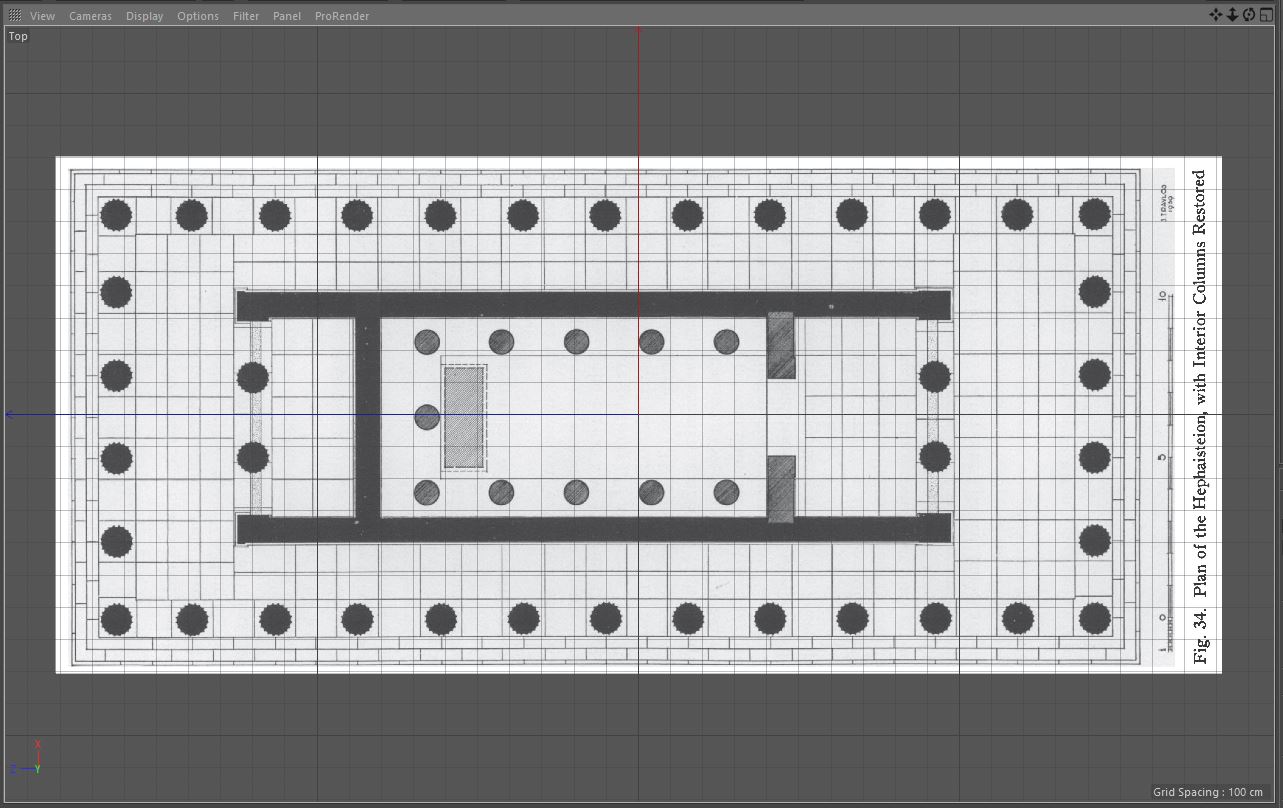
Extra: Incorporate maps, sections and drawings in Cinema 4D
This short article will show you how to use plans, sections or drawings as backgrounds in Cinema 4D using two different methods. The first is quick'n'dirty and the second is more accurate. You will need this in order to model according to the plans and drawings you have researched. Make sure you are as accurate as possible. -> Go to lesson!
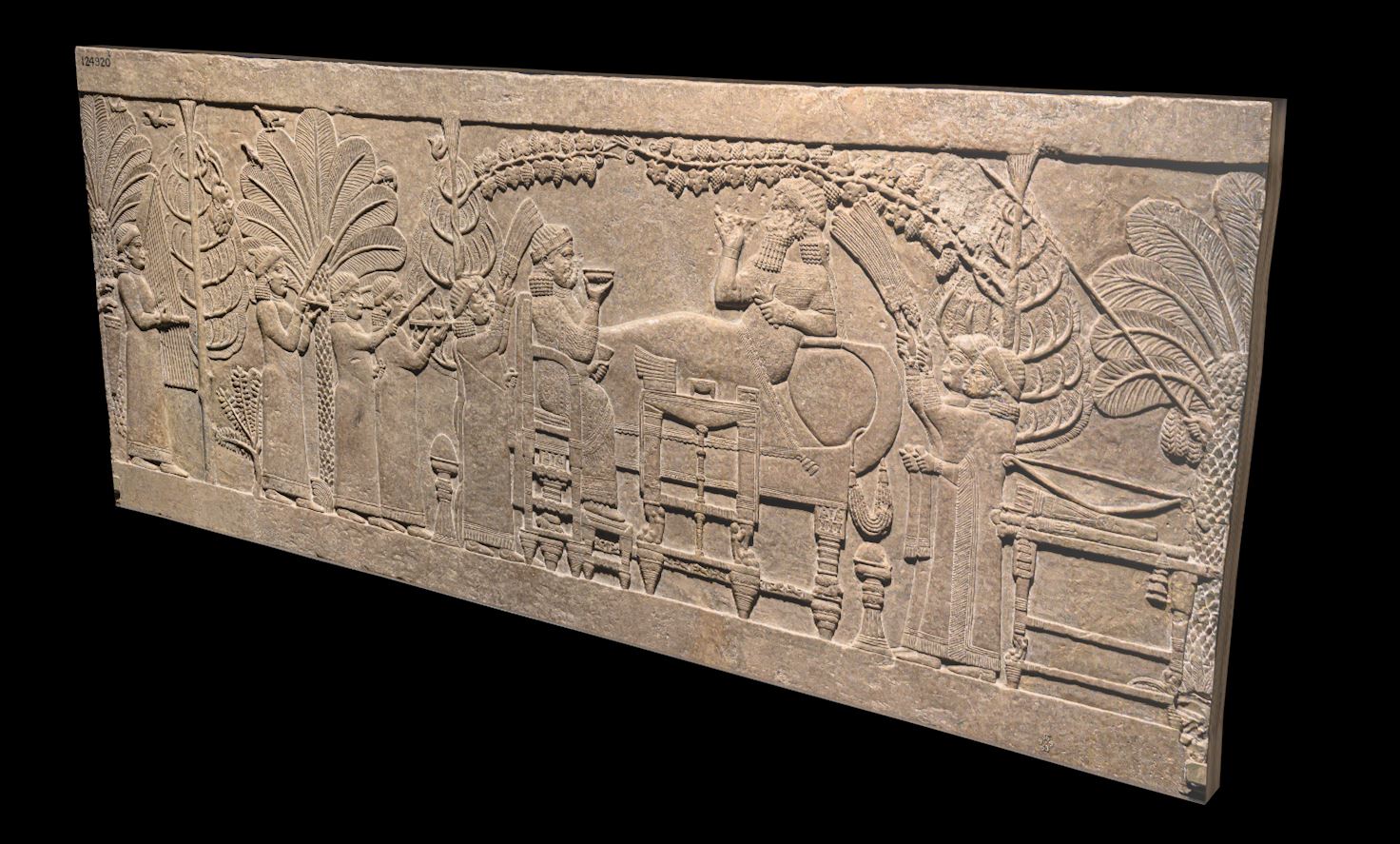
Extra: Create textures, placing them and patterns
Here I want to show you what you need to do to create a texture from a photo, how to place that texture on an object and what you need to do to create patterns. This will be very basic, but sufficient for your tasks. -> Go to lesson!

Extra: Prepare your model for Virtual Reality
Ok, you are finally done, right? But what needs to be done to load your models into Unity is just a few more steps. In this article I will describe those steps. -> Go to lesson!
